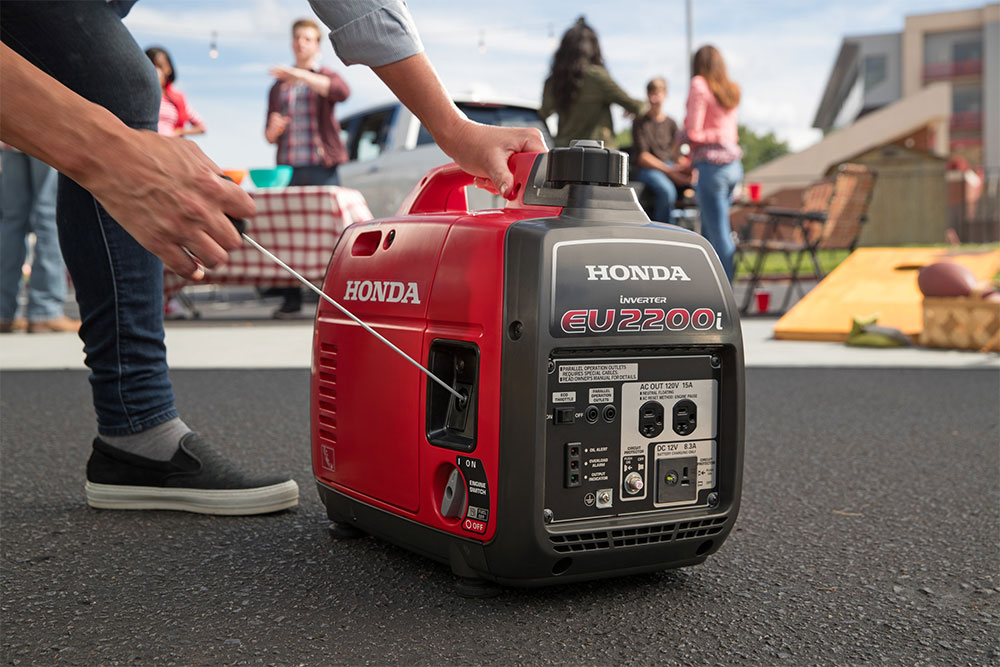Inverter generators are becoming increasingly popular due to their efficiency, compactness, and stable output current. In this article, we will look at what an inverter generator is, how it works, its differences from conventional models, operating time, and limitations in connecting devices.
What is an inverter generator
An inverter generator is a portable power generation device that uses modern inverter technology to provide a stable output current. Its main advantage is its ability to convert alternating current to direct current, and then back to alternating current, creating a “pure” sine wave. This makes it safe for sensitive devices such as laptops, smartphones, televisions, and medical equipment.
How an inverter generator works
The principle of operation of an inverter generator consists of several stages:
- Generation of alternating current. Like conventional generators, an inverter unit generates alternating current.
- Current conversion. Alternating current is converted to direct current using a rectifier.
- Inverter unit. Direct current is converted back to alternating current using an inverter, ensuring a stable output voltage and frequency.
This technology allows inverter generators to automatically adjust engine speed according to the load, which significantly reduces fuel consumption and noise levels.
What is the difference between an inverter generator and a conventional one?
Inverter generators have several key differences from conventional ones:
- Voltage stability. The inverter provides a “pure” sine wave, which is safe for sensitive electronics, unlike conventional generators.
- Noise level. Inverter generators operate more quietly due to engine speed optimization.
- Compact. Thanks to their modern design, they are lighter and more portable.
- Fuel economy. Inverter models consume less fuel because their operation adapts to the load.
Conventional generators are suitable for large capacities and simple devices, while inverter ones are ideal for small homes or traveling.
How long can an inverter generator operate
The duration of operation of an inverter generator depends on the model, fuel tank capacity and load. On average, such generators operate from 6 to 12 hours on one tank of fuel.
Some models are equipped with an economy mode function, which increases the duration of operation by reducing engine speed at low load. It is important to consider that the duration of operation also depends on the quality of the fuel and proper care of the generator.
What cannot be connected to an inverter
Despite the high efficiency of inverter generators, there are limitations in the use of some devices:
- Powerful devices. Low-power generators are not designed to connect equipment that consumes a lot of energy, such as heaters or large refrigerators.
- Industrial equipment. For example, large machine tools or construction equipment.
- Uncalibrated devices. Connecting old or damaged devices can overload the generator.
It is important to always check the compatibility of devices with the generator’s power and follow the manufacturer’s recommendations.
An inverter generator is a modern and efficient device that provides stable power for sensitive electronics. Its advantages, such as fuel economy, quiet operation, and compact size, make it a popular choice for home use and travel. However, it is important to know its limitations and follow operating instructions to get the most out of it.




